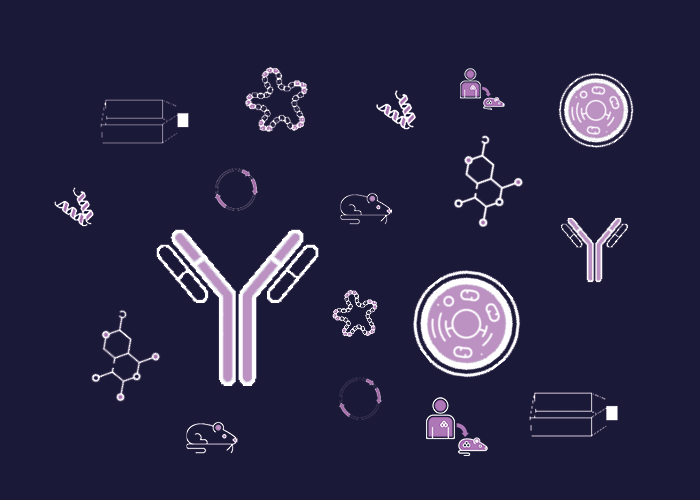
Cat. #151443
GSTP1GSTP2 KO Mouse
Cat. #: 151443
Sub-type: Mouse
Availability: 8-10 weeks
Disease: Cancer
Model: Knock-Out
This fee is applicable only for non-profit organisations. If you are a for-profit organisation or a researcher working on commercially-sponsored academic research, you will need to contact our licensing team for a commercial use license.
Contributor
Inventor: Roland Wolf ; Colin Henderson
Institute: University of Dundee
Primary Citation: Henderson et al. 1998. Proc Natl Acad Sci U S A. 95(9):5275-80. PMID: 9560266
Tool Details
*FOR RESEARCH USE ONLY (for other uses, please contact the licensing team)
- Tool name: GSTP1GSTP2 KO Mouse
- Cancer: Lung cancer
- Cancers detailed: Lung adenoma
- Research fields: Cancer;Genetics
- Tool sub type: Mouse
- Disease: Cancer
- Model: Knock-Out
- Conditional: No
- Description: In vivo study of GSTP1/2 (regulator of protein synthesis/degradation) knockout in tumourigenesis, drug metabolism and toxicity; disease model for drug metabolism and toxicity; tumourigenesis model (skin, lung) (chemically induced)
- Application: Lung and skin tumourigenesis modeling; drug metabolism; drug toxicity studies
- Genetic background: A Gstp1/2 targeting vector, replacing all of the Gstp1 gene and exons 6 and 7 of the Gstp2 gene with a resistance cassette, was transfected into E14Tg2a.IV ES cells. Properly targeted ES cells containing a homologous recombination event were selected, cloned, and injected into blastocysts. Chimeric mice were mated with MF1 mice to generate mice heterozygous for GSTP1/2 knockout. Heterozygous mice were interbred to generate mice homozygous for GSTP1/2 knockout.
- Phenotype: Tumourigenesis (lung, skin); drug metabolism; drug toxicity
- Zygosity: Homozygous
- Production details: A Gstp1/2 targeting vector, replacing all of the Gstp1 gene and exons 6 and 7 of the Gstp2 gene with a resistance cassette, was transfected into E14Tg2a.IV ES cells. Properly targeted ES cells containing a homologous recombination event were selected, cloned, and injected into blastocysts. Chimeric mice were mated with MF1 mice to generate mice heterozygous for GSTP1/2 knockout. Heterozygous mice were interbred to generate mice homozygous for GSTP1/2 knockout.
Handling
- Shipping conditions: Embryo/Spermatoza- Dry Ice
Target Details
- Target: Glutathione Transferase P1 and P2 (GSTP1, GSTP2)
- Target background: Regulator of protein synthesis/degradation
Application Details
- Application: Lung and skin tumourigenesis modeling; drug metabolism; drug toxicity studies
References
- Zhou et al. 2008. Am J Respir Crit Care Med. 178(12):1202-10. PMID: 18787219
- Elsby et al. 2003. J Biol Chem. 278(25):22243-9. PMID: 12646564
- Rosario et al. 2000. Mol Pharmacol. 58(1):167-74. PMID: 10860939
- Henderson et al. 1998. Proc Natl Acad Sci U S A. 95(9):5275-80. PMID: 9560266




